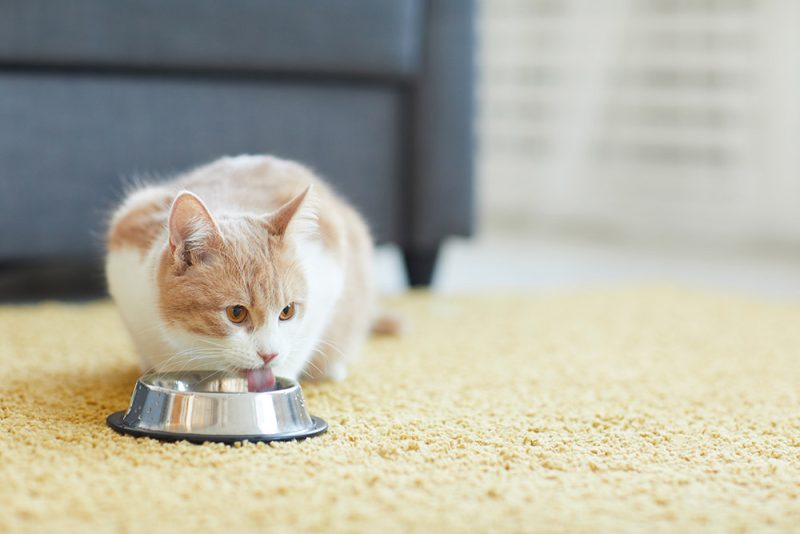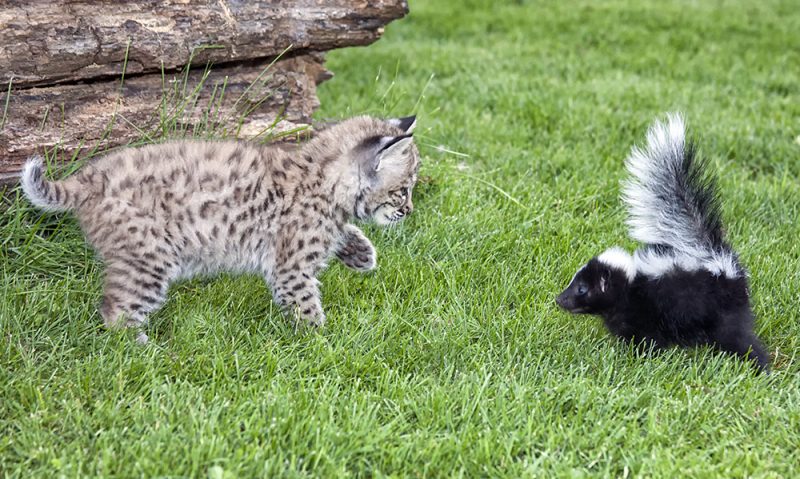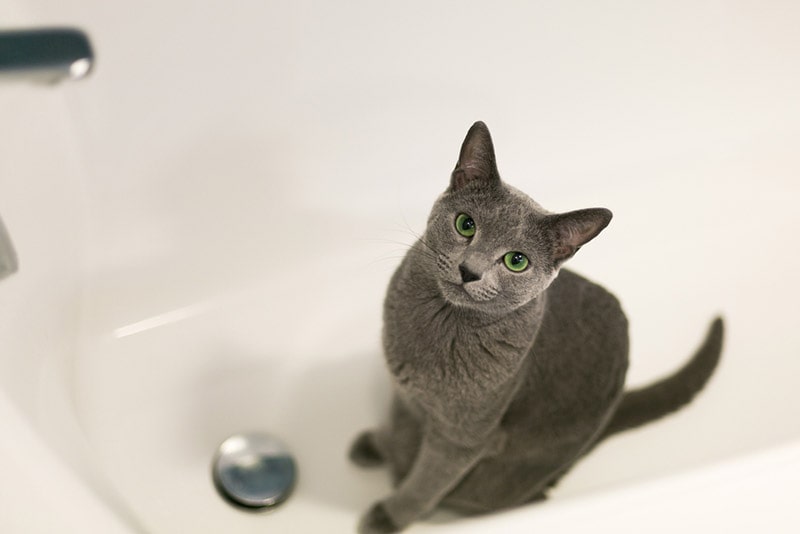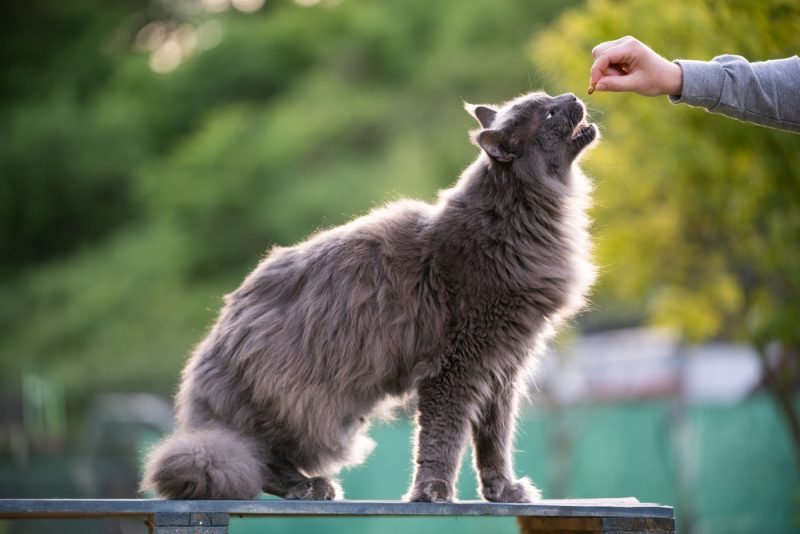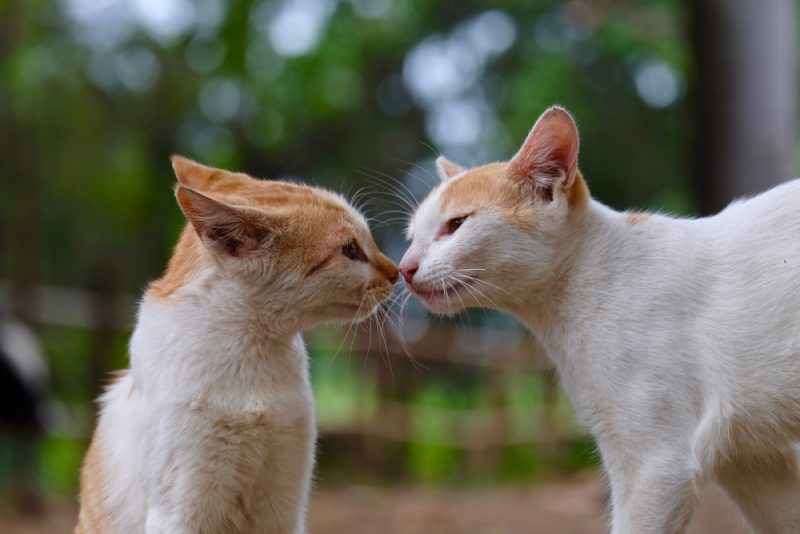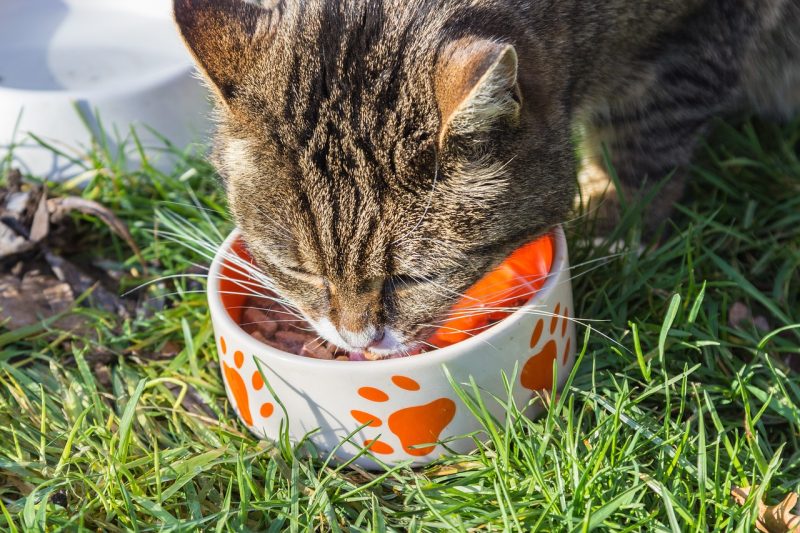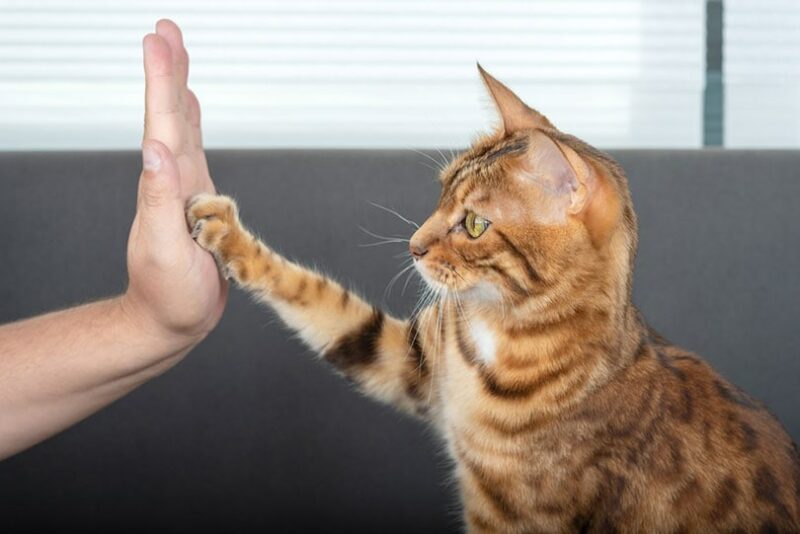In this article
View 4 More +Manx cats are well known for their stubby or non-existent tails and their iconic striped coats. However, there is more to this breed than just their looks. These cats have a long history that is well worth learning about. The more we know about their past, the better we can understand them in today’s world. After all, these cats are still popular pets in the United States and around the planet. So, what is the history of the Manx cat? Here is everything that you need to know.

An Ancient Breed
The Manx cat is an ancient breed that originated on the Isle of Man, which is in the Irish Sea between the countries of Ireland and England. By the mid-18th century, these cats were mainstays on the island, where they commingled with a native population of shorthair breeds. This breed’s lack of tail is thought to be due to a gene mutation that developed due to inbreeding with native cats on the island.
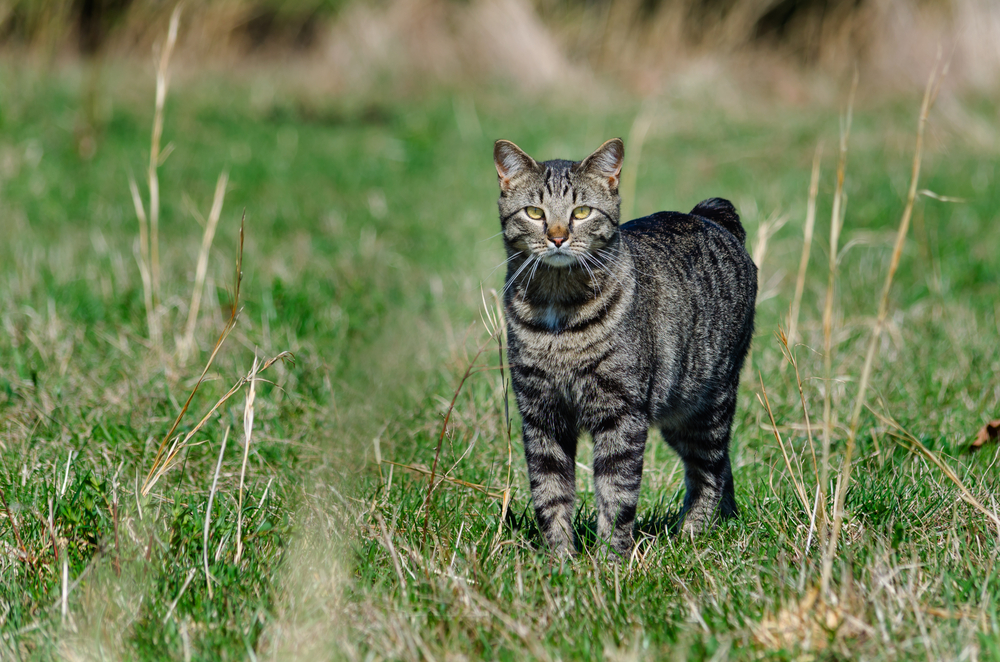
Called Stubbins at the time, these cats lived during the rule of the Vikings. They were known as working animals, responsible for ridding houses, farms, and shops of rats and other pests. They had strong, athletic bodies and a strong sense of agility, which is something most Manx cats maintain today.
They originally had short hair, just like all the other cats on the island. Eventually, the long-haired Norwegian Forest cat came over to the Isle of Man on Viking ships and commingled with the native cats. When this happened, some Manx cats started being born with longer hair. Today, Manx cats are born with both short and long hair.
No Tail, Nub Tail, or Full Tail
While the Manx cat is typically thought to be born with no tail, this is not always the case. According to the Cat Fancier’s Association, all Manx cats have a full tail gene, which they likely had before inheriting the tailless gene on the Isle of Man. Therefore, these cats can produce babies both with and without tails. Manx cats can be born with any length of tail, whether that means a nub, mid-length, or full length. That said, most Manx cats are born with no tail at all. What’s interesting is that babies in the same litter can all be born with different length tails, if they are born with one at all.
Health Problems of the Manx Cat
Manx cats are generally healthy, but their unique genetic traits and history of extensive inbreeding have led to specific health issues. The dominant T-box gene mutation that causes their cute tailless look can often also lead to spinal development problems and deformities, leading to specific health issues, because the nerves that radiate from the spine control many organs. This condition is often referred to as Manx Syndrome and can result in spinal deformities, urinary problems, digestive issues, and mobility problems
Kittens affected by severe Manx Syndrome often show these signs early in life. Responsible breeding practices help reduce the risk of this disorder, but it still remains a concern for the breed.
In addition to spinal problems, Manx cats may also experience arthritis, especially in their back legs, due to their uncommon skeletal structure and weakness of the hind legs, they are also prone to hip dysplasia. Some Manx cats, particularly those with partial tails, can develop tail arthritis, which can be painful as they grow older. Manx cats may also be prone to innervation control-related issues like urinary incontinence, or difficulty urinating, and digestive issues like megacolon, a condition that results from chronic constipation.
Since all of these health problems stem from the dominant T-box gene mutation, ethical breeding practices are crucial to reduce these risks. Outcrossing tailless cats with normal-length tail individuals helps to reduce health issues by maintaining genetic diversity. Regular veterinary check-ups, a well-balanced diet, and proper weight management can help reduce the chances of a Manx cat suffering from these conditions and ensure a healthy life.
If you need to speak with a vet but can't get to one, head over to PangoVet. It's an online service where you can talk to a vet online and get the advice you need for your pet — all at an affordable price!

Original Show Cats
The Manx is considered an original show cat, in that they were featured in the first series of cat shows popularized throughout Great Britain. They were also one of the founding breeds featured by the Cat Fancier’s Association when they got started in the early 1900s.
Since then, these cats have done excellent for themselves when it comes to maintaining their popularity and championship status. Depending on the type of cat show and the organization hosting it, some restrictions may apply as to which categories a Manx can compete in if they have tails. Some events require that championship categories accept only tailless Manx cats, while those with tails can compete in most other categories.
Folklore
The Manx has been the subject of folklore since Viking times. One belief was that the cat was running late to Noah’s Ark, and the door to the ship shut on their tail. Another belief was that the Manx was a result of breeding a cat with a rabbit due to the lack of tail, long legs, and rounded rump.
Folklore also suggests that a tailless cat swam from a shipwreck in the ocean to the Isle of Man and became the first Manx on the island. No evidence has ever been uncovered that supports any of these stories. Still, this does not stop people from imagining such possibilities.
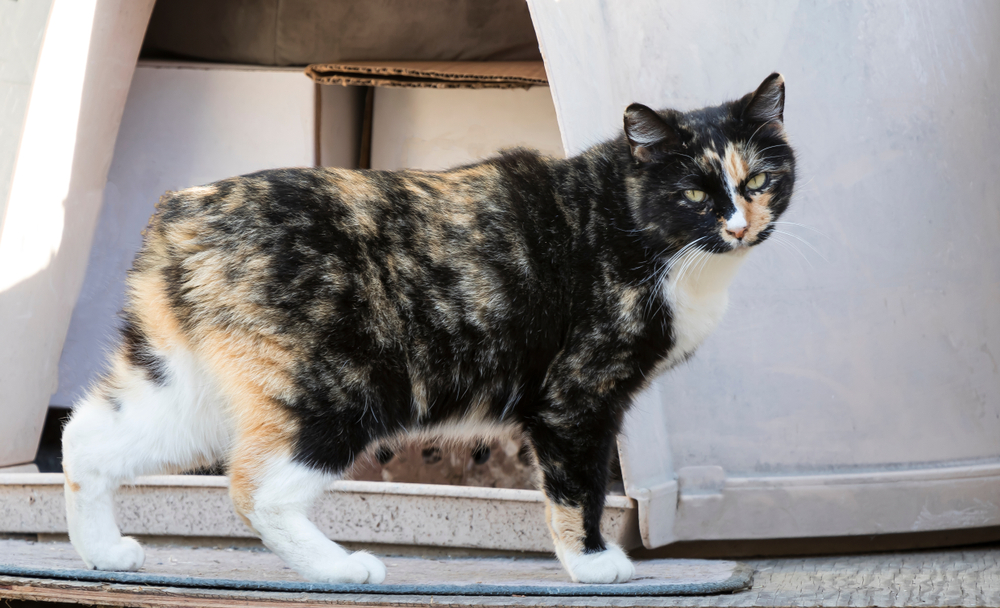

In Conclusion
The Manx has a long history filled with folklore and tall tales. While they are known for being tailless, many Manx cats in existence today have tails of many lengths. A Manx with or without a tail is still a Manx, so it’s important to rely on other physical factors when determining whether a cat is a Manx. Thanks to their strong history of working on the Isle of Man, they are an excellent pet choice for those looking to protect their home from mice.
Featured Image Credit: slowmotiongli, Shutterstock





